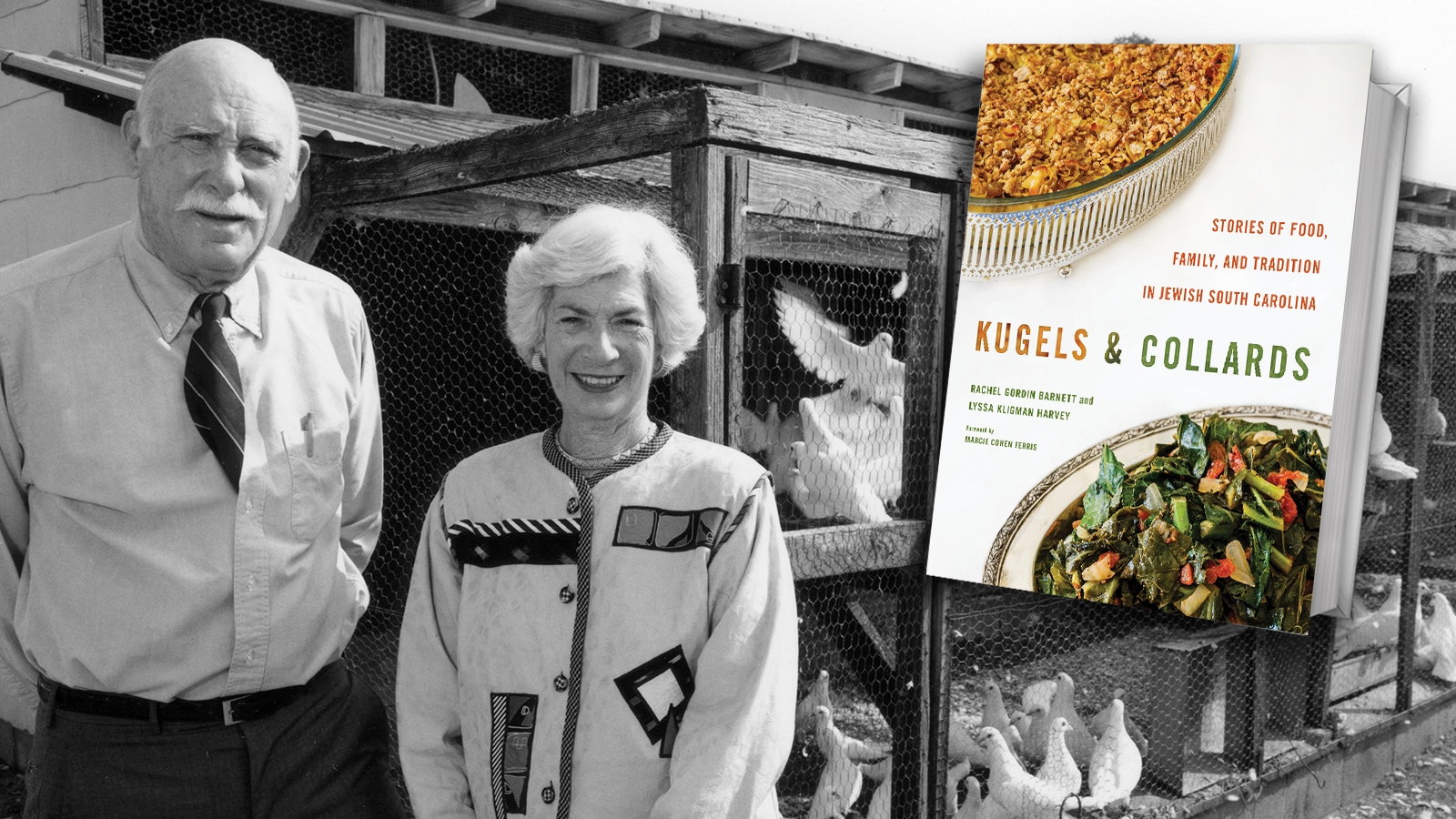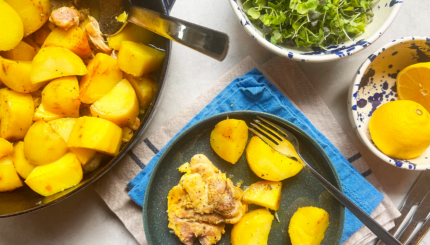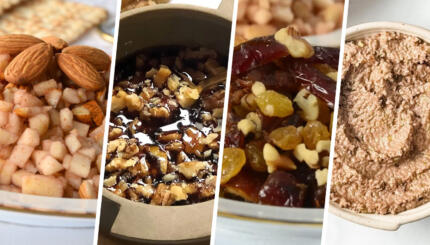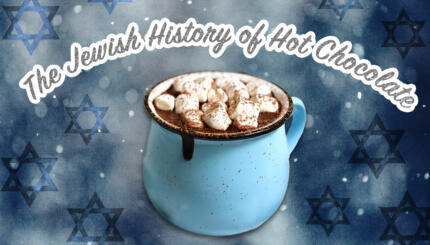If I asked you to tell me what first comes to mind when you think about South Carolina, chances are you’d conjure up images of its famous beaches, marshes, beautiful port cities and complicated history. Would you have thought about its deep-rooted Jewish life that spans hundreds of years of the State’s history? In “Kugels and Collards,” Rachel Gordin Barnett and Lyssa Kligman Harvey share stories of food, family and tradition in Jewish South Carolina. Some of the recipes you’ll find as you flip through the pages are typical of Jewish cookbooks — matzah balls, latkes and gefilte fish. However, it’s the recipes like baked stuffed squab, grits and lox casserole, and kosher collards that will leave your table with an enchanting Southern twist.
I sat down with Rachel Gordin Barnett, who is the co-author of the book as well as the Executive Directors of the Jewish Historical Society of South Carolina, to tell me about what inspired her to write and about the stories readers can expect to encounter.
This interview has been edited for length and clarity.
Can you define Southern Jewish food?
The Nosher celebrates the traditions and recipes that have brought Jews together for centuries. Donate today to keep The Nosher's stories and recipes accessible to all.
It’s not like we did a mashup of Southern and Jewish food. The Southern Jewish table is the food that a lot of us were raised with. My grandparents were Ashkenazi so there was the brisket, tzimmes, matzah ball chicken soup, sweet and savory kugels, but the Southern part comes in with the overlaying of the African American influence on the Jewish table.
Recipes like these came into the home whether people learned to cook them through assimilation or whether there was an African American woman in the kitchen doing the cooking, bringing their recipes in. The women in the kitchen would bring with them the foods that were in the area; collards, okra, tomatoes. You get the melding of cultures on this table. You might have a brisket and fried chicken for your protein, maybe you’ll have a bowl of collards sitting there. You might have a biscuit sitting in the bread basket next to the challah.
What inspired you to write the book?
My grandmother made the best honey cake and, of course, she didn’t write the recipe down. I have yet to find a recipe that turns out the way hers did even though I keep tinkering with it. Stories like these are the reason we did this book… So we thought, we want to preserve these memories and these recipes and stories. And so that’s what started us down the path of “Kugels & Collards.”
When we first started out on this project, we suspected that if you got people talking about food, that would get people talking about their family history. For the first three or four years, we asked people to write their stories and posted it to a blog, which later led to this book.
Can you talk about the importance of food in Jewish and Southern culture?
Oh my gosh, I mean, what do we do when we all get together? Food! In the Jewish culture, so many of our holidays are around the family table. On Yom Kippur we go and we fast, right? And then what do we do? We have a marvelous, wonderful, break fast. In the South, food is everything. We’re in South Carolina and, as we say, we go from the mountains to the sea and we have the coastal area where we have plentiful areas of seafood and fish. Through the midlands, where I am, we have farming and all these lovely fresh vegetables. I think food is that great equalizer in a way that comes across on tables.
How has climate, soil and waters shaped the Southern Jewish palate?
In South Carolina you have these farming communities and whatever they were growing was going to end up on the table. The long growing seasons in the South give us things like peas, lima beans, corn, tomatoes, okra. We have a recipe in the book for Annie Gaillard’s okra gumbo (p. 56) that uses these kinds of ingredients.
There is a great story in Chapter Two under “Southern Roots” from Rhetta Mendelsohn and she talks about how we ate just like our neighbors, but with exceptions. She goes into a great story about how she ate just like her Southern neighbors except her mother and grandmother didn’t cook with bacon grease and they used Fleischmann’s margarine. But when they went to the beach, they took along fried chicken, barbecue and deviled eggs as well as chopped liver, herring and brisket.
Can you talk about some of the Jewish entrepreneurs, grocers, restaurateurs and bakers whose food-based businesses you mention in the book?
This whole thing surprised us when we started gathering stories, and we realized we had enough to make a really significant chapter and we realized that Jews played a significant role whether it was in grocery stores, bakers and delis. A notable example is Groucho’s Deli. As a kid growing up my parents would throw us in the car and we drive an hour to Columbia to go buy our Passover foods.
What do you most want readers to take away from the book?
What I’m hoping is that through this, we get people talking about their own family stories. With Rosh Hashanah coming, it’s just such a great time if you’re around the table with your family and maybe your children are coming in and you can start talking about these things. Someone can even get out a recorder or ask your grandmother to go in the kitchen and make that recipe and someone takes notes.
Whether you live in South Carolina or Virginia or wherever, I think people will say “Wow, I can easily identify with the shared experiences in this book that’s about family and about the table.”
Try this easy peach cobbler recipe from “Kugels and Collards: Stories of Food, Family, and Tradition in Jewish South Carolina.”



